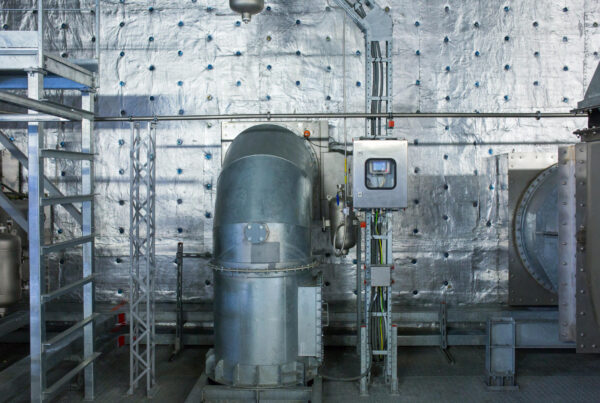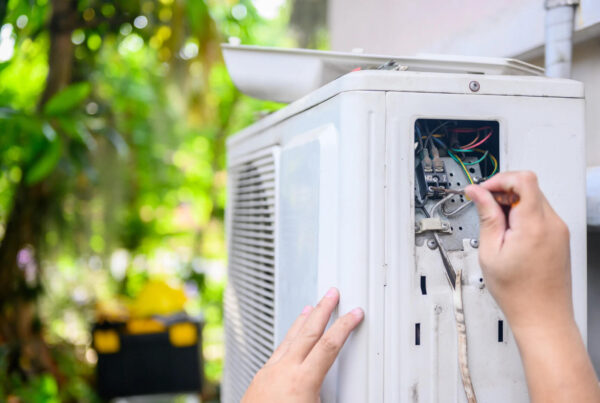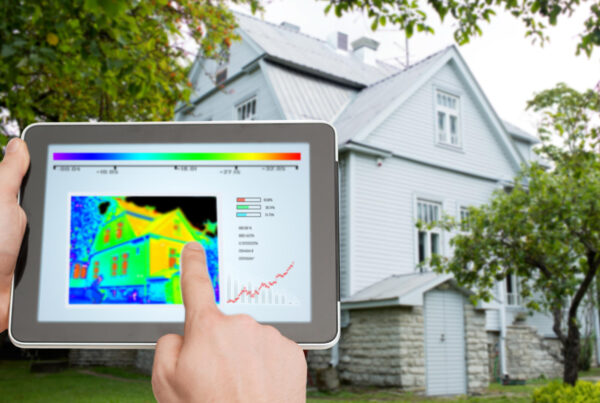Here in New Caney, our fickle weather conditions can make it tough to predict when it will finally “feel” like fall. With temperatures sometimes jumping from the 50s to the 80s, you might not always know when it’s time to switch on the thermostat! Though the choice is yours, experts suggest turning up the heat once your home’s temperature drops to 70 degrees in the morning or evening.
However, what happens when you crank up the heat and nothing happens at all? Heating issues be massive headaches in the fall. If you’re hoping to keep your home comfortable, checking for common HVAC problems in advance is a smart move!
If you’re hoping to keep your system in good working condition, let’s take a look at some of the most common issues our team sees and how to avoid them.
Dirty Air Filter
Your air conditioner likely gets a lot of heavy use during the warm months. Summers in New Caney are nothing to laugh at, and our HVAC systems are the only things standing between us and the dry, scorching heat!
Once cooler temperatures begin to set in, you may not be turning on your air conditioner as often. As a result, you might forget one of the most basic tenets of HVAC maintenance: keeping up with air filter changes.
Experts suggest changing your air filter at least once every 30 to 60 days, depending on your household makeup and how often you switch on your system. If you’ve reached the end of your filter’s useful lifespan during the summer, don’t neglect the change just because you’ve stopped using your AC! You’ll need a fresh filter once you start using your heat more often in the winter, and it’s easy to forget to make the change during this seasonal downtime.
Missed Maintenance
We recommend getting an HVAC tune-up once before the cooling season starts in the summer and once before the heating season starts in the fall. This helps you ensure your system is in top shape before you start relying on it daily.
Getting maintenance in the fall can help you avoid frustrating heating problems, which can be even more important as temperatures drop. This protects critical parts like your furnace’s heat exchanger and prevents wear and tear.
Malfunctioning Thermostat
If you’re not getting enough heat out of your HVAC in the fall, don’t panic right away. Sometimes, a malfunctioning thermostat is to blame.
Depending on the thermostat, you’ll want to install new batteries once a year. You may also need to troubleshoot heating issues by checking your owner’s manual. Adjusting the settings may help you fix a thermostat that doesn’t seem to run as intended.
Even if your thermostat is fine, don’t forget to change its schedule! As your household’s seasonal schedule changes, especially if you have kids who have returned to school, program your thermostat accordingly.
If you can’t address the issue on your own, call an expert. An HVAC technician may be able to reprogram the thermostat, or you may have to install a replacement.
Drain Line Clog
You might be surprised how much moisture runs through your HVAC system.
Condensation from your heating and cooling runs through a drain line. This drain line sends moisture away from your home, often into neighboring storm or sewer drains.
Clogs within these drain lines can wreak havoc on your system. It can even cause water to back up, flooding the area around your HVAC equipment. This can damage your flooring or furniture if you aren’t careful!
Drain lines can clog or get backed up due to rain, leaves, and debris outside. This is common after heavy summer storms, especially major tropical storms or hurricanes. Keeping outdoor drains clear by raking your yard can help.
Drain lines may also clog due to mold growth or dirt. If mold, dust, or debris builds up on your evaporator coil or within your HVAC system, it can cause a clog. Cleaning your system is the best bet for fixing this issue.
Refrigerant Leak
Refrigerant leaks can happen within any system. However, they’re more common with HVAC systems that use heat pumps for heating and cooling. Wear and tear from heavy use during the summer cooling season can make a refrigerant leak more likely.
Without refrigerant, your system will struggle to absorb heat from your home and transfer it outside. It won’t be able to heat your home, either!
Refrigerant leaks are easy to notice, even without the decreased heating power. Be on the lookout for obvious pooling liquid, frozen or bubbling evaporator coils, bubbling or hissing sounds, and a sweet smell in the air.
Don’t tackle this HVAC issue alone! Freon is a hazardous substance, and only a trained professional should patch the leak and top off the refrigerant.
Ignition Issues
Sometimes, the shifting fall temperatures can stress parts of your system, especially after a sudden cold snap.
If you can’t get your heater to turn on as the weather gets cold, you might be looking at ignition issues.
Sensor failures are possible with modern electronic ignition systems. Loose wiring or malfunctions are common culprits. You’ll need a professional to help you diagnose these issues.
With older models, the pilot light may have gone out. Often, relighting this light is all you need to do. You may need to address a draft or clean dirt away from the intake valve to ensure the light doesn’t go out again.
Get Help With Common HVAC Problems
Ensure your comfort this fall by looking into the common HVAC problems above before you need your furnace. Basic maintenance can help you prevent many of the issues we’ve discussed, ensuring that you stay cozy and warm this fall and winter.
If you’re struggling to deal with your autumn heating problems, don’t do it alone! Our HVAC technicians at Guy’s Air Conditioning and Heating are proud to offer expert repair services to homeowners throughout the New Caney area, including 24-hour emergency service. We also serve clients in Atascocita, Conroe, Houston, Huffman, Humble, Kingwood, Porter, Spring, and The Woodlands.
Take advantage of our heating services by reaching out online or calling us at 281-306-9875.





